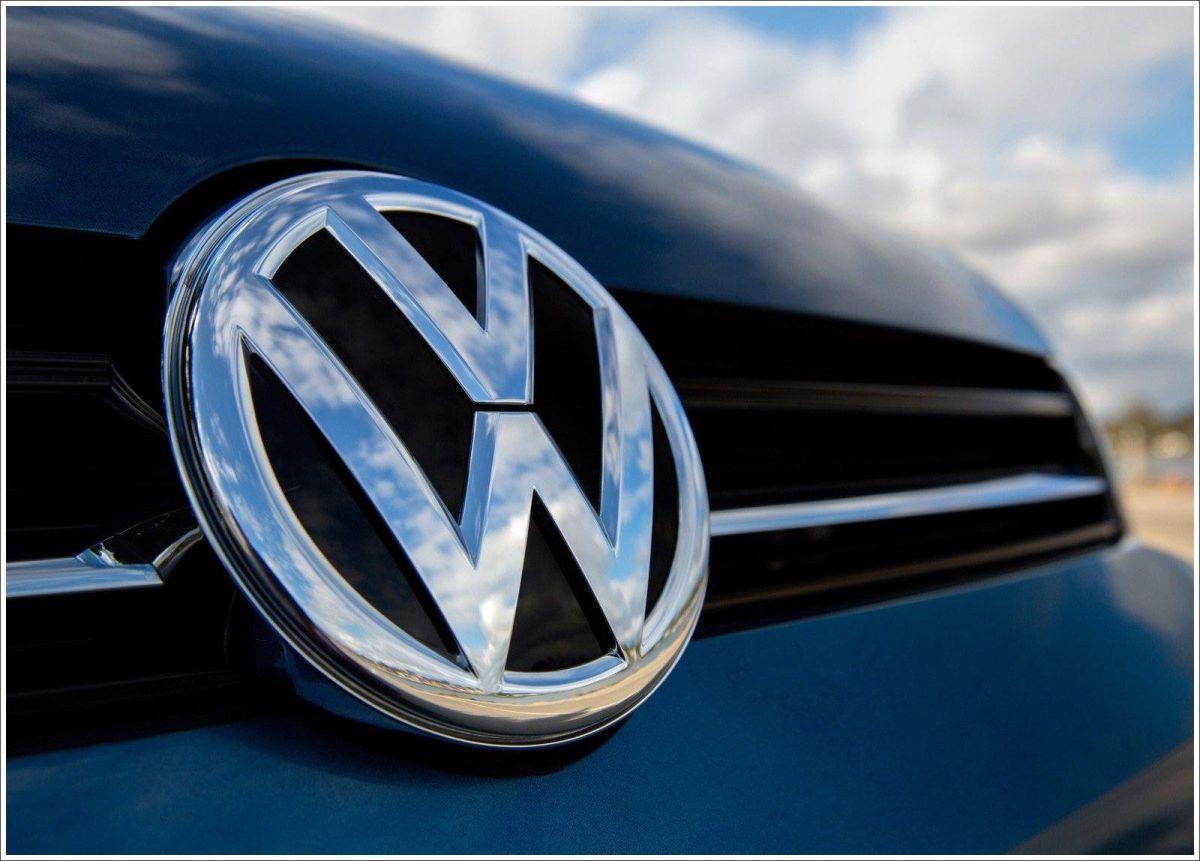Volkswagen reported a $1.5 billion profit reduction year-over-year for the first half of 2025, primarily attributed to the increased U.S. import tariffs, a development with direct implications for collision repair shop management across the U.S.
The German automaker cited "high costs from increased U.S. import tariffs (EUR 1.3 billion), provisions for restructuring at Audi, Volkswagen Passenger Cars, and Cariad (EUR 0.7 billion), and expenses related to CO₂ regulation" in a recent press release.
The broader automotive industry, including collision repair shops, is grappling with the ripple effects of these tariffs. New tariffs on imported auto parts and shifting production strategies by OEMs are directly impacting shop management through rising costs and potential parts delays.
Rising Costs and Supply Chain Disruptions
The U.S. relies heavily on imported collision repair parts, with a large portion originating from countries such as China, Mexico and Canada. These essential components include sheet metal, electrical parts, airbags and ADAS sensors.
Approximately 44% of OEM parts used for collision repair are produced outside the U.S. The imposition of a 25% tariff on imported repair parts, assuming other factors remain static, could increase auto repair claims costs by an estimated 2.7%, according to a recent analysis in Claims Journal. The potential impact could range from $80-$100 per repairable claim, potentially increasing to $9-$11 more per claim if the number of replaced parts per repair rises to 15 from the current average of 13.5.
Strategic Responses for Collision Repair Shops
In this dynamic environment, shop management needs to remain agile. The escalating costs of parts due to tariffs and supply chain issues necessitate careful estimating and transparent communication with both customers and insurers.
To mitigate the effects of tariffs, shops can consider strategies such as bulk purchasing to secure better pricing, diversifying suppliers to ensure steady part availability, and strategic inventory management for commonly needed parts before price increases take effect. Exploring alternative part sources, including domestic manufacturers and rebuilders, when available, can also help maintain competitive pricing.
The long-term effects of these tariffs depend on several volatile factors, including their duration and the supply chain resilience of OEMs and dealers in sourcing alternative parts. As pre-tariff inventory dwindles in the second half of the year, both new and used car prices are expected to rise.












